| Buder et al. (2025d), MNRAS, submitted (arXiv:2510.20233) |
The chemodynamical memory of a major merger in a NIHAO-UHD Milky Way analogue II: Were Splash stars heated or already born hot? |
| Buder et al. (2025c), MNRAS, submitted (arXiv:2510.11284) |
The chemodynamical memory of a major merger in a NIHAO-UHD Milky Way analogue I: A golden thread through time and space |
| Buder et al. (2025b), PASA, 42, 51 |
The GALAH Survey: Data Release 4 |
| Buder et al. (2025a), OJAp, 8, 47 |
Local variations of the radial metallicity gradient in a simulated NIHAO-UHD Milky Way analogue and their implications for (extra-)galactic studies |
| Buder et al. (2024), MNRAS, 532, 1010 |
Finding accreted stars in the Milky Way: clues from NIHAO simulations |
| Buder et al. (2022), MNRAS, 510, 2407 |
The GALAH Survey: chemical tagging and chrono-chemodynamics of accreted halo stars with GALAH+ DR3 and Gaia eDR3 |
| Buder et al. (2021), MNRAS, 506, 150 |
The GALAH+ survey: Third data release |
| Buder et al. (2019), A&A, 624, 19 |
The GALAH survey: An abundance, age, and kinematic inventory of the solar neighbourhood made with TGAS |
| Buder et al. (2018), MNRAS, 478, 4513 |
The GALAH Survey: second data release |
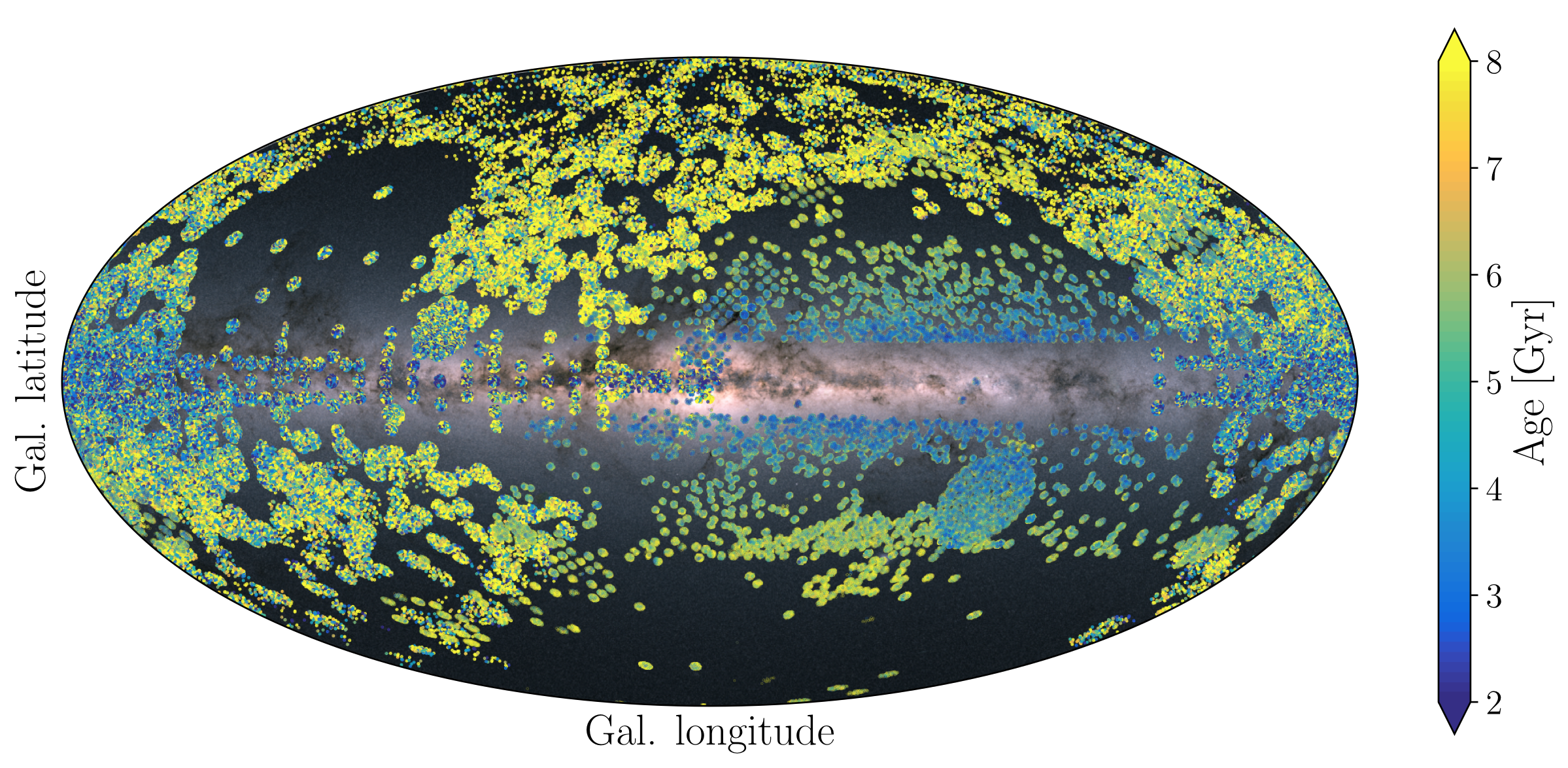 Figure: Chemodynamics & chemical cartography of the Milky Way
Figure: Chemodynamics & chemical cartography of the Milky Way


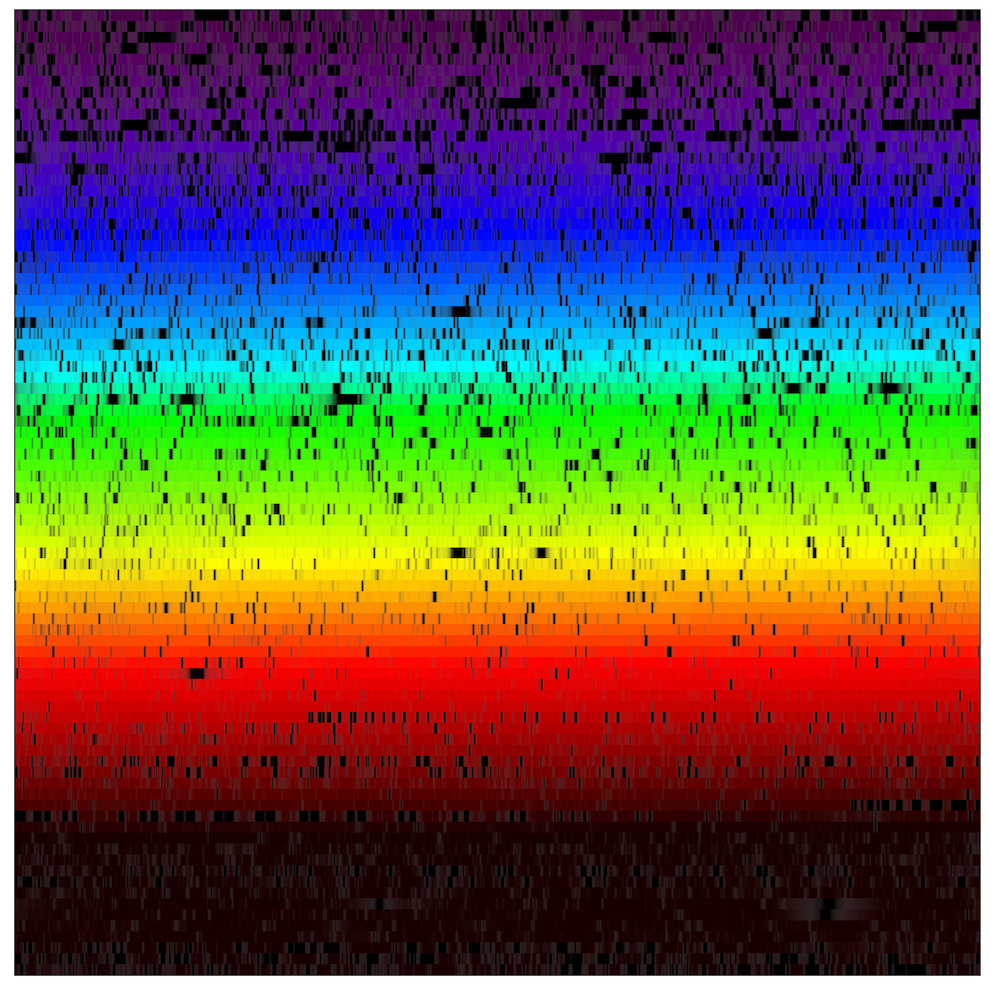
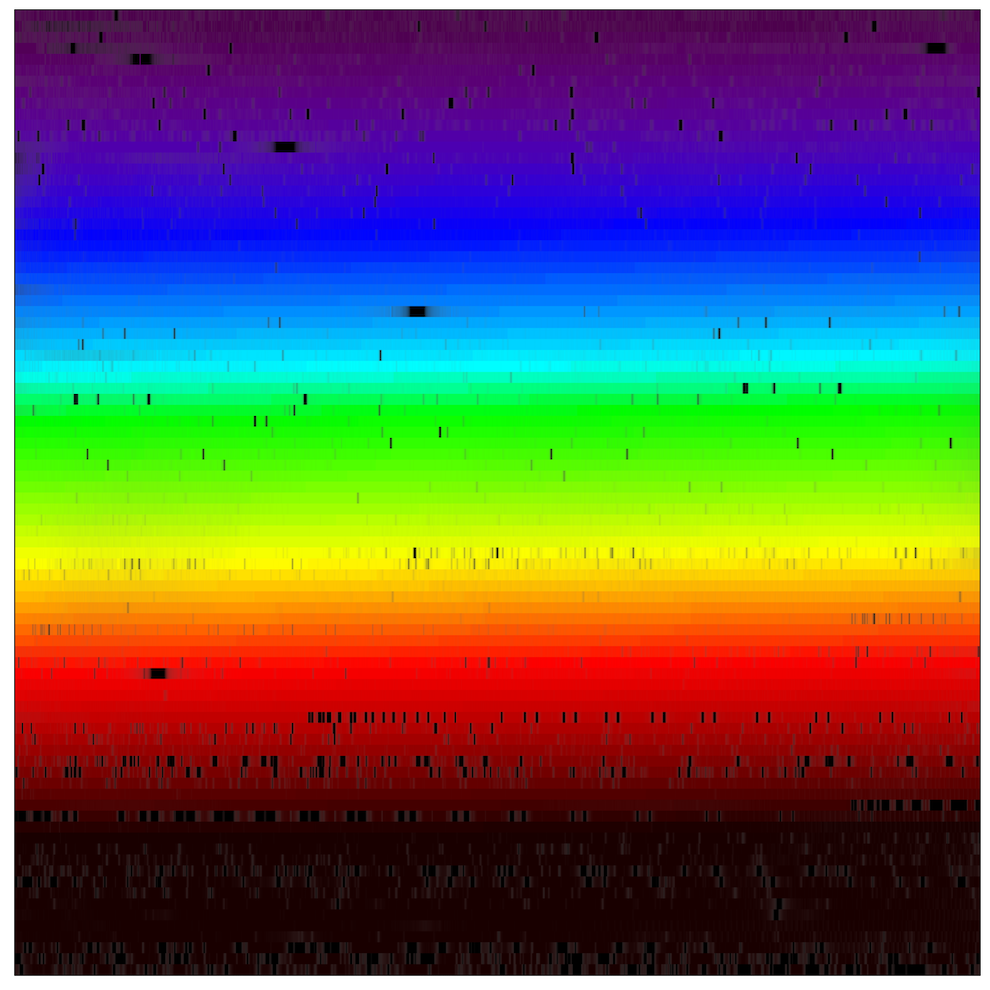
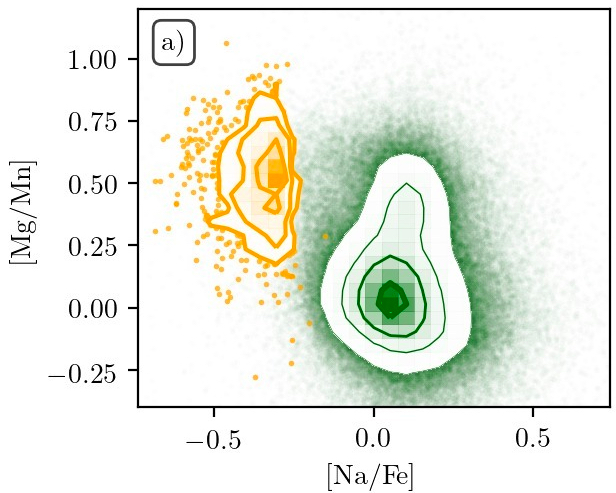
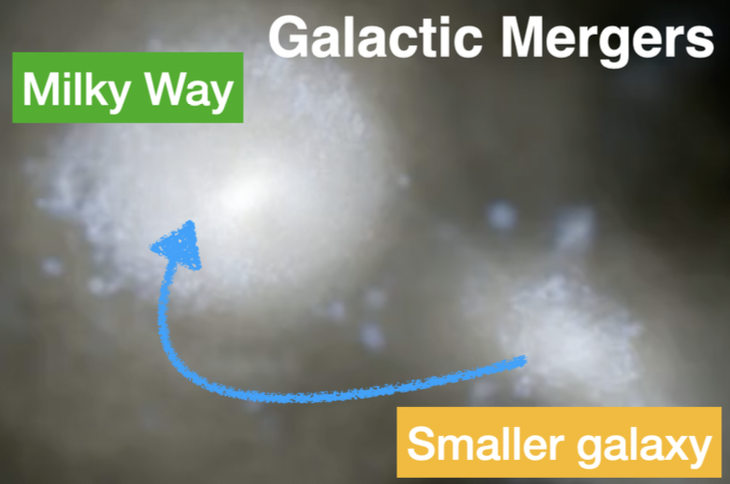

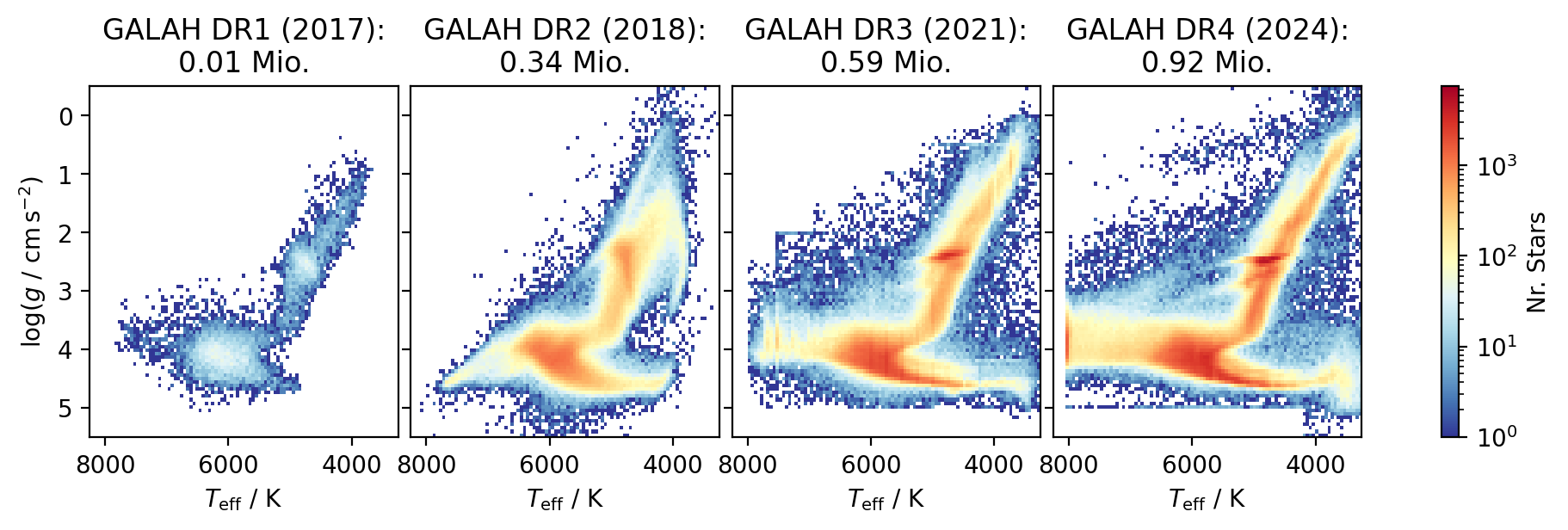

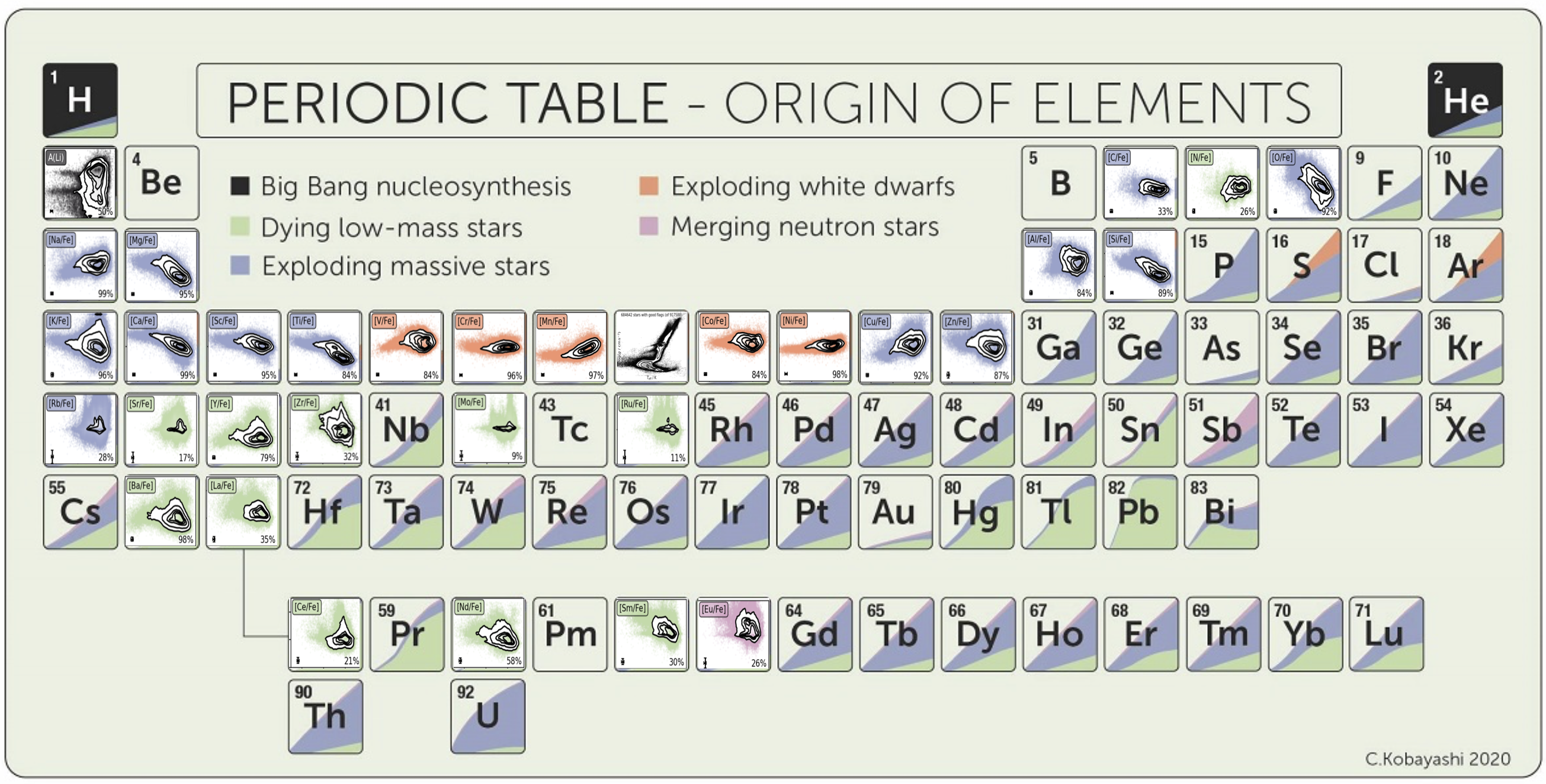
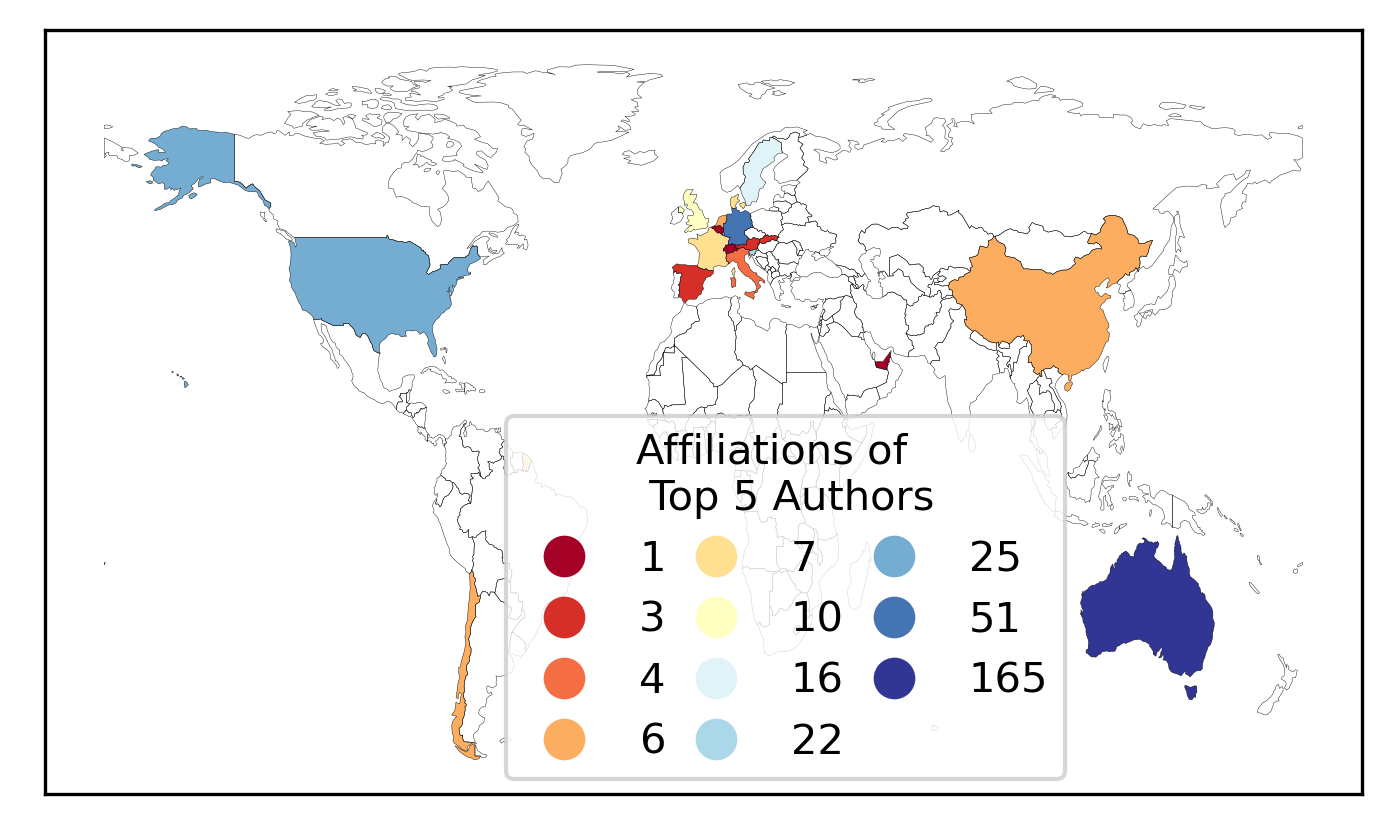
 A summary of my PhD: the blackboard that I used for my PhD defence.
A summary of my PhD: the blackboard that I used for my PhD defence.